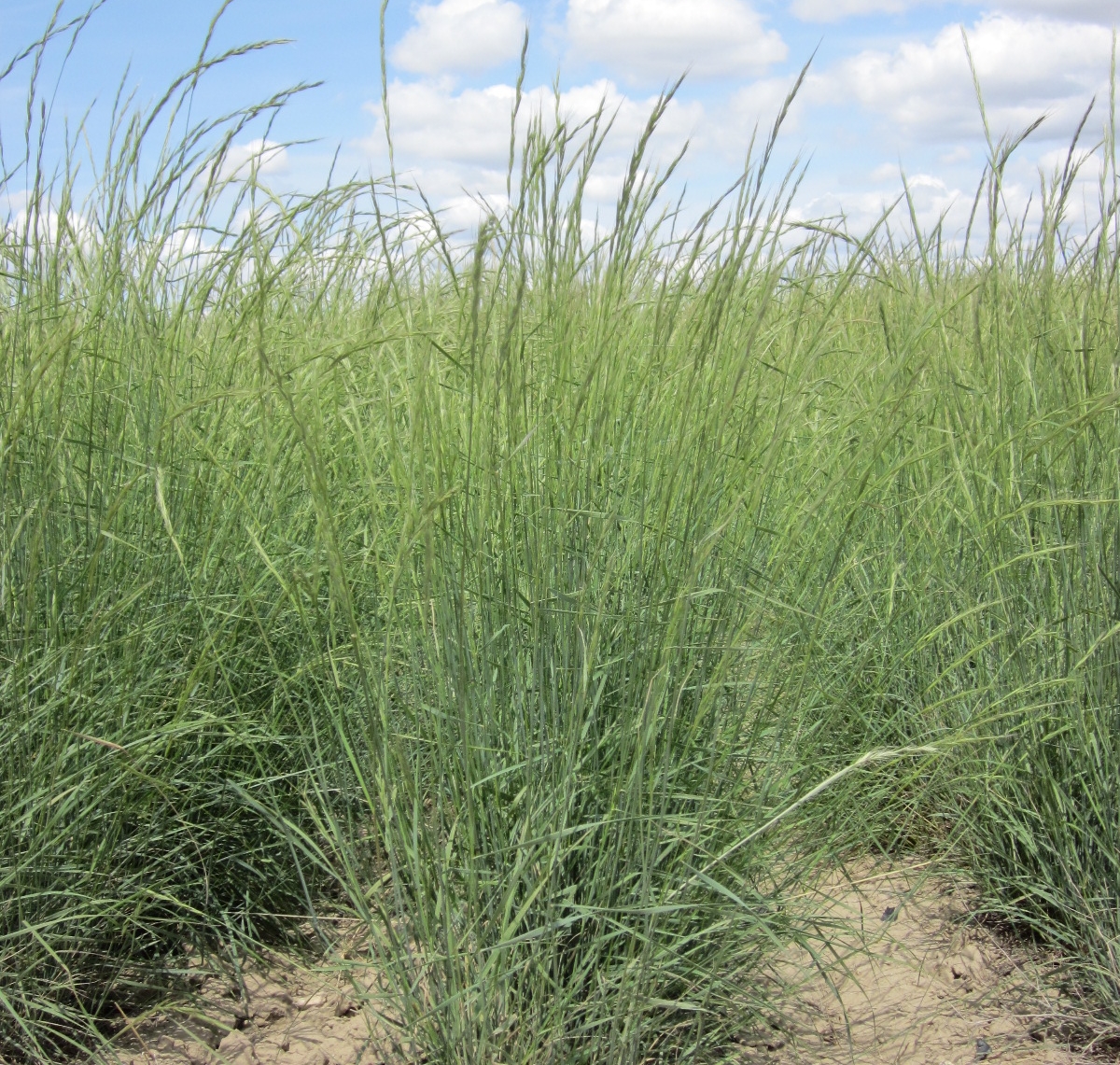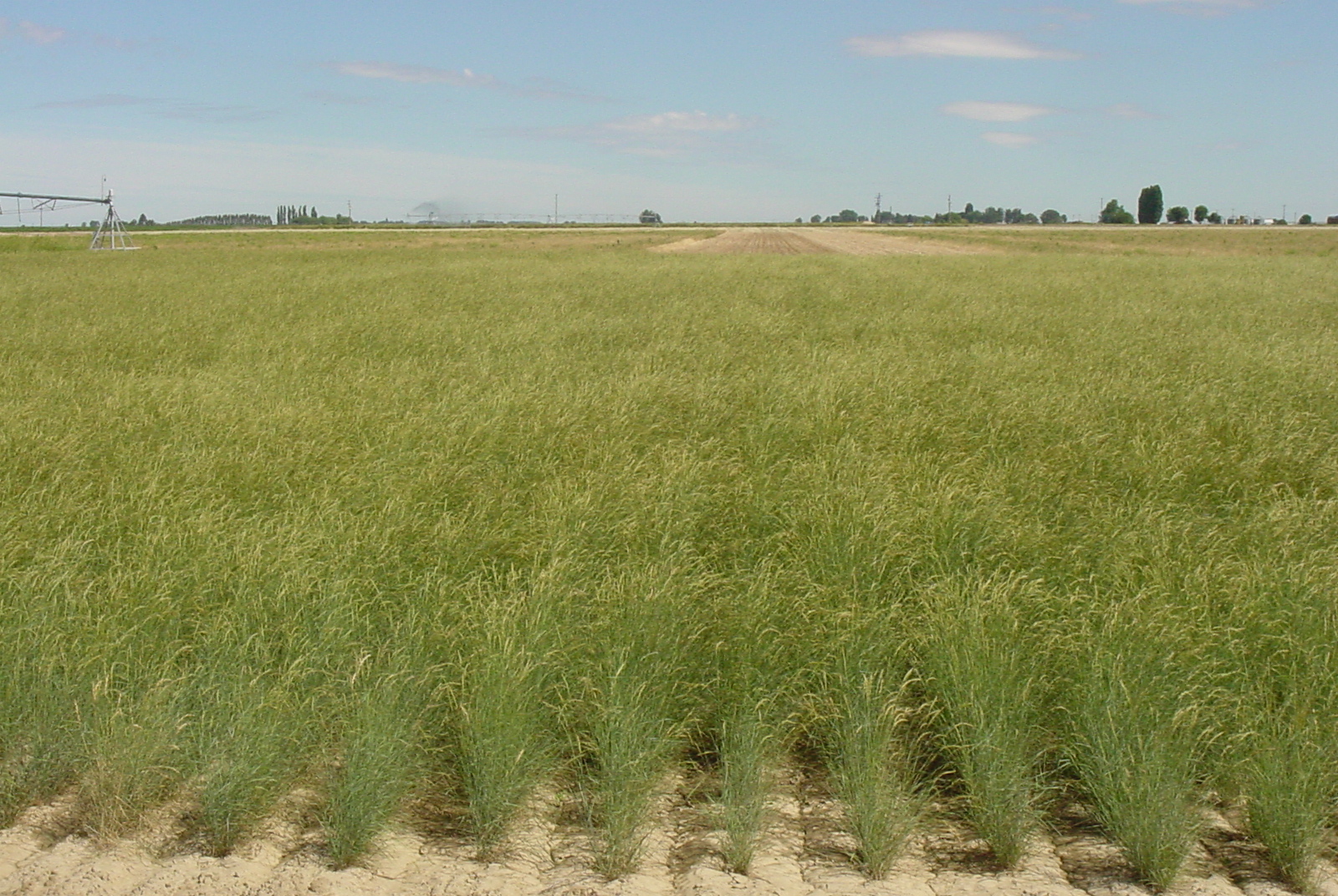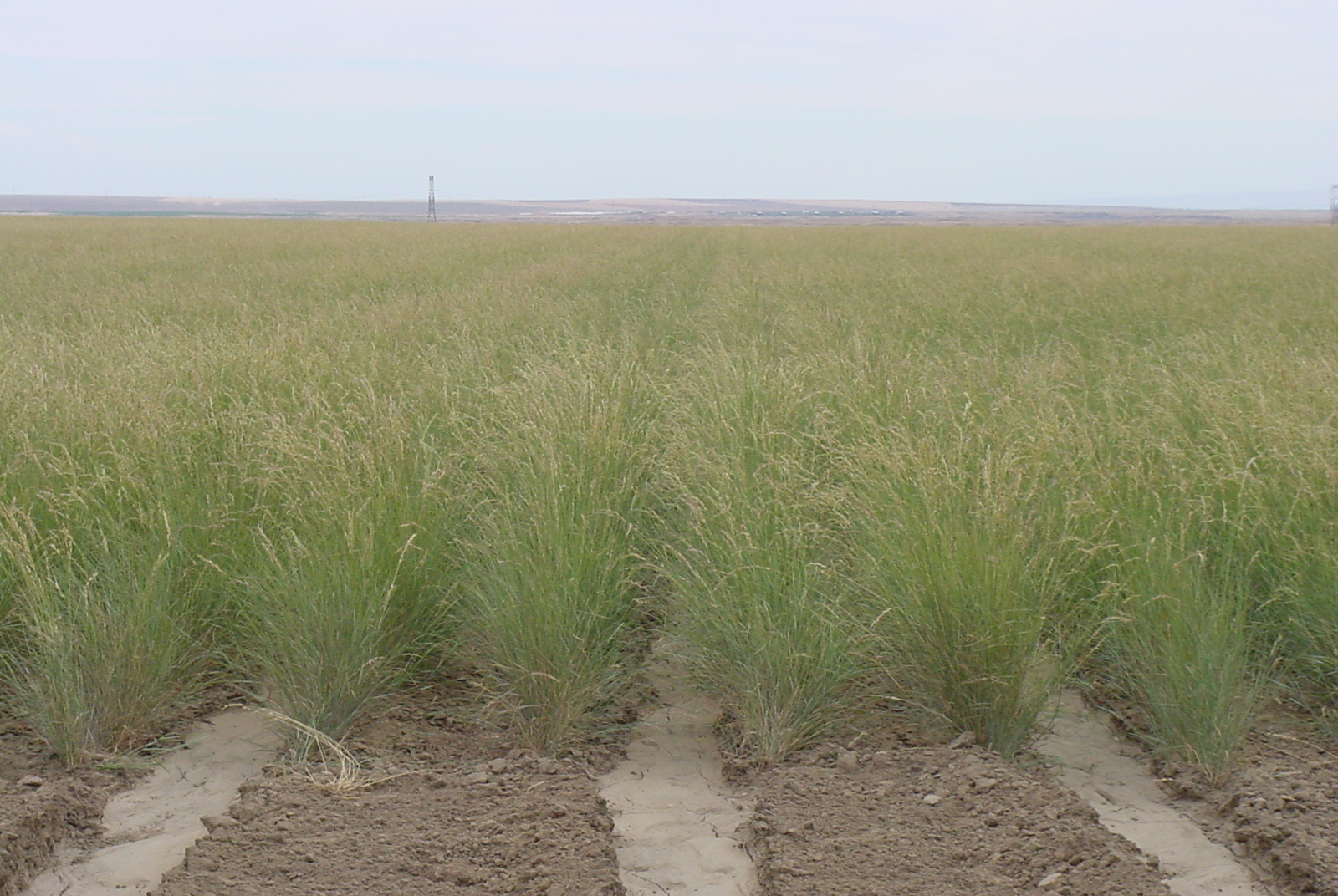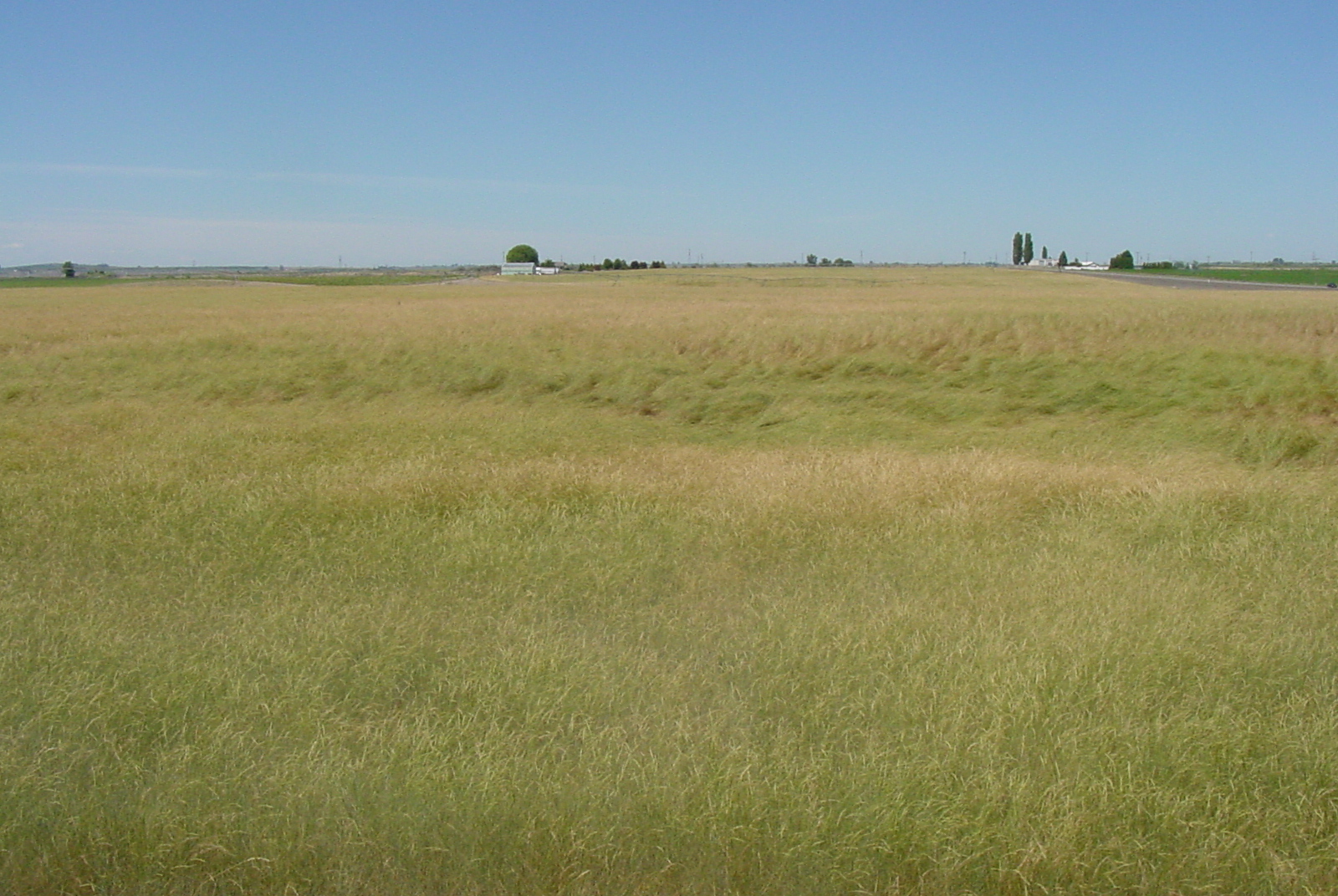Elymus wawawaiensis (Snake River wheatgrass)
Cool season, long-lived, perennial bunchgrass formerly thought to be a regional type of Bluebunch wheatgrass (Pseudoroegneria spicata ssp. spicata). Similar to Bluebunch wheatgrass in appearance, growth characteristics and adaptation, but more drought tolerant, resulting in it often being used in place of Bluebunch throughout the western U.S., though its natural distribution is limited to Idaho, Washington and Oregon. Palatable to livestock and wildlife, especially in the spring. Heavy spring grazing is detrimental to vigor and longevity. Varieties listed below.
DISTRIBUTION / ADAPTATION
INFORMATION & ATTRIBUTES
Family: Poaceae
Duration: Perennial
Growth Habit: Graminoid
Native Status: Native
Season: Cool
Growth Form: Bunchgrass
Mature Height: 36 in.
Annual Precipitation: 5-16 in.
Drought Tolerance: High
Shade Tolerance: Intolerant
Elevation: up to 10,000 ft.
Wetland Indicator Status: FACU
Fire Resistance: No
Fire Tolerance: Medium
SOIL ADAPTATION
Coarse Texture: Yes
Medium Texture: Yes
Fine Texture: No
Salinity Tolerance: Low
CaCO3 Tolerance: High
pH Range: 6.0-8.4
SEEDING NOTES
Seeds per Pound: 120,000
Seeding Rate: 12-16 PLS lbs/acre
Season: Spring/Fall
Days to Germination:
VARIETIES & LOCAL ACCESSIONS
Discovery - Enhanced stand establishment of rangeland seedings. Seedlings are more persistent during summer drought than those of Secar. Higher dry-matter and seed yields than Secar. (Released 2008)
Secar - Originally considered to be a Bluebunch wheatgrass (Pseudoroegneria spicata ssp. spicata). Low elevation dryland ecotype with excellent drought tolerance and longevity. Matures early and produces numerous fine stems and leaves. (Released 1980)





